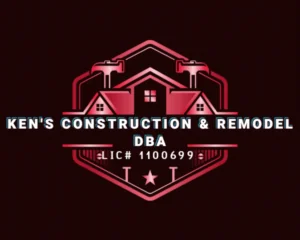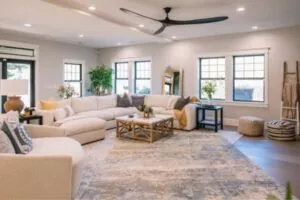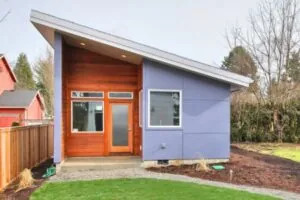Windows do more than just let light into your home — they play a significant role in your comfort, energy efficiency, and even the overall appearance of your space. But like anything in your home, windows do not last forever. Over time, wear and tear start to show, and you might find yourself wondering whether it’s time for a window replacement. Maybe you have noticed a cold draft creeping in during winter, or your energy bills have been climbing without an apparent reason. Perhaps your windows are hard to open or just do not look as good as they used to. These signs, while easy to overlook, could be your home’s way of telling you it is time to make a change.
In this guide, we’ll walk you through the most common signs that your windows need attention — both visible and functional — and help you understand when it’s time to bring in a professional to replace windows. We will offer practical advice from a pro’s perspective so you can feel confident in your next steps. Whether you are dealing with aging frames or rising energy costs, we are here to help you figure out if it’s time to invest in new windows that work as well as they should.
How to Tell If You Need a Window Replacement
Knowing when it’s time for a window upgrade isn’t always obvious. Many window problems start small and gradually worsen, so knowing what to look for is important before the damage leads to costly repairs.
Whether it is a drop in comfort, visual damage, or rising energy bills, spotting the early warning signs can save you time and money. Below are some things that can help you identify indicators that it is time to replace your windows.
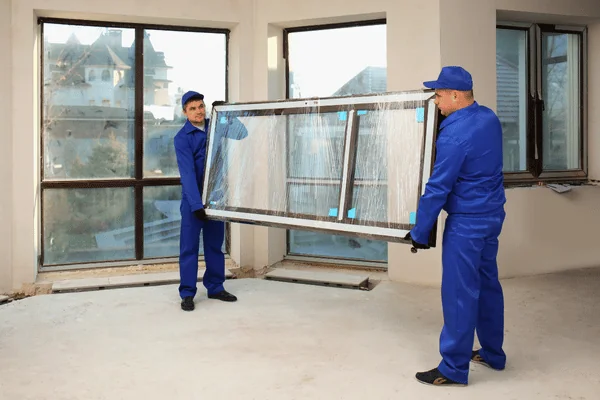
Common Signs Your Windows Need Replacement
If your windows are giving you trouble, there are several clear indicators that it is time to consider a window upgrade. One of the most common signs is drafts — if you feel cold air coming in during winter or warm air in the summer, your windows may no longer be adequately sealed.
Another red flag is rising energy bills. Poor insulation from aging or broken windows forces your HVAC system to work harder. Condensation or fog between panes often points to a failed seal, which reduces efficiency and visibility. Difficulty opening, closing, or locking your windows can indicate warped frames, which compromise function and pose a security risk.
Visible damage, such as cracked glass, soft or rotting wood, or peeling paint, is a sign of deterioration that shouldn’t be ignored. Even increased noise from outside may be a clue that your windows are no longer doing their job. If you notice any of these issues, it is likely time to replace them and explore professional window installation to ensure your home stays comfortable, secure, and energy-efficient.
What to Look for When Inspecting Your Windows
Inspecting your windows regularly can help you catch small problems before they become more prominent and expensive repairs. Start by checking for visible damage. Cracks in the glass, gaps around the frame, or signs of rot in wooden sills are strong indicators that your windows are past their prime.
Look at the window’s operation — open and close each one to test how smoothly it moves. If it sticks, creaks, or will not lock securely, those are signs of wear or warping. Check for condensation between glass panes, which usually means the seal is broken and the insulating gas has escaped. This reduces the window’s efficiency and may require full window replacement.
Also, run your hand around the frame to feel for air leaks or cold spots, especially on windy days. Look at your paint or wallpaper near the windows — peeling or bubbling may suggest moisture problems coming through compromised windows. If you are unsure about what you are seeing, it’s worth bringing in a pro. A professional window upgrade expert can assess the condition of your windows and help you determine whether a simple repair will suffice or whether it is time to replace them entirely.
The Cost of Ignoring Window Problems
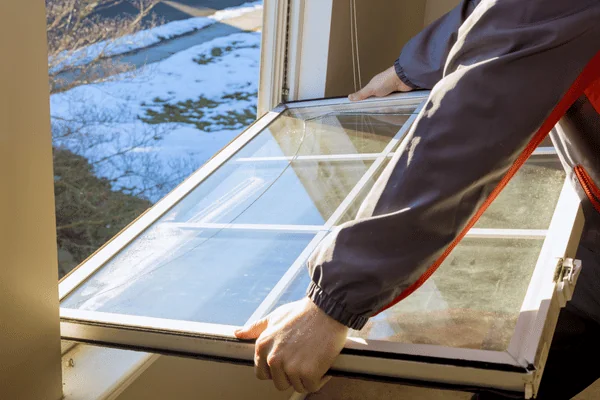
Delaying window improvements can lead to more than minor inconveniences. Over time, small window issues can turn into bigger issues that affect your home’s energy use, comfort, and safety. Ignoring signs like drafts, condensation, or difficulty opening windows does not make them go away—it often makes the problem worse and more expensive to fix.
How Old or Damaged Windows Affect Energy Efficiency
Old, damaged, or broken windows can significantly impact your home’s energy efficiency. When seals fail, frames warp, or glass cracks, your windows stop insulating your space. Drafts allow outside air to seep in and conditioned air to escape, forcing your HVAC system to work harder and run longer, driving up your energy bills.
Moisture problems and condensation between panes are clear signs that your windows’ insulation value is compromised. Even if the damage isn’t always visible, older windows made with outdated materials often lack the efficiency of today’s double—or triple-pane designs.
If your windows are 15–20 years old, chances are they’re costing you money every month. The longer you wait to replace them, the more wasted energy you will pay. Upgrading to newer, high-performance windows through professional window installation is an investment that typically pays off in lower energy bills and improved home comfort. Ignoring the signs now only adds to long-term expenses that could have been avoided with timely window replacement.
Security Risks of Worn-Out Windows
Your windows are not just for light and ventilation — they are part of your home’s first line of defense. When windows are old, damaged, or poorly functioning, they can become weak points that put your home at risk. Damaged windows or rotted frames can be easier to force open from the outside, making your home more vulnerable to intrusions.
Locks that no longer work or windows that do not close all the way are not just inconvenient — they are security hazards. In emergencies, windows that won’t open properly can pose safety concerns, especially as escape routes during a fire. Ignoring these kinds of window issues puts your property and family at risk.
Worn-out windows may also allow noise pollution and pests to enter your home. If you spot any of these issues, it is time to act. A professional window plan ensures proper sealing, locking mechanisms, and durability—all critical for maintaining your home’s security. Do not wait for a break-in or weather damage to reveal the problem. Timely window improvements restore peace of mind and strengthen your home’s overall safety and structure.
How a Window Replacement Expert Can Help
When it comes to window improvements, guessing is not a good strategy. A professional can accurately assess the condition of your windows and identify issues that may not be visible to the untrained eye — like hidden rot, poor insulation, or frame warping. They will let you know if a repair will suffice or if it is time to replace windows completely.
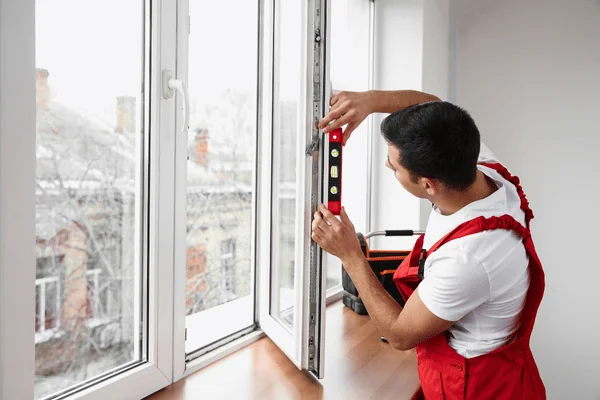
Hiring an expert also ensures proper installation. Professional installation eliminates common DIY mistakes like poor sealing, misalignment, or energy loss. Done right, new windows improve efficiency, safety, and long-term durability while maintaining your home’s aesthetic.
Most importantly, a seasoned window pro will help you choose the right materials and styles for your needs and budget. From selecting energy-efficient options to ensuring building code compliance, they guide you through every step. Do not leave your home’s comfort and safety to chance — let a trusted expert handle the job right.
Conclusion
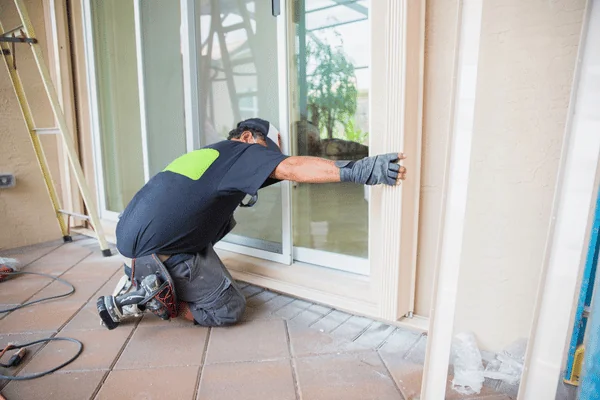
Your windows impact your home more than you might think — from energy efficiency and comfort to safety and curb appeal. Ignoring early signs like drafts, moisture, or visible damage can lead to bigger issues and higher costs down the line. Whether you are dealing with aging frames, broken windows, or just not sure if it’s time to replace your windows, paying attention now can save you a lot of stress later.If you’re ready to improve your home with reliable, energy-efficient windows, Ken’s Construction & Remodel team is here to help. With expert assessments and professional window installation, we’ll make sure the job gets done right — the first time. Contact us today to schedule your consultation and start your window replacement project to replace windows more effectively.
FAQs
1. How do I know if my windows need to be replaced?
Several signs indicate it’s time for a window replacement. If you feel drafts, notice condensation between panes, or struggle to open and close your windows, they may no longer function properly. Rising energy bills, visible damage like cracks or rotting wood, and increased outside noise are also red flags. If you experience any of these issues, it may be time to consult a window improvement expert.
2. Can old windows really impact my energy bills?
Yes! Older or damaged windows often have poor insulation, allowing heat to escape in the winter and letting warm air in during the summer. This forces your HVAC system to work harder, driving up energy costs. Broken seals, warped frames, or outdated single-pane glass further reduce efficiency. Upgrading to modern, energy-efficient windows can lower energy bills and improve indoor comfort year-round.
3. Why should I hire a professional for window replacement?
3. Why should I hire a professional for window replacement?
Professional window installation ensures that your new windows are properly sealed, aligned, and installed for maximum efficiency and durability. DIY window upgrades often lead to issues like air leaks, poor insulation, or structural damage. A trained expert can also help you select the best materials and styles for your home, ensuring long-term performance and compliance with building codes.
